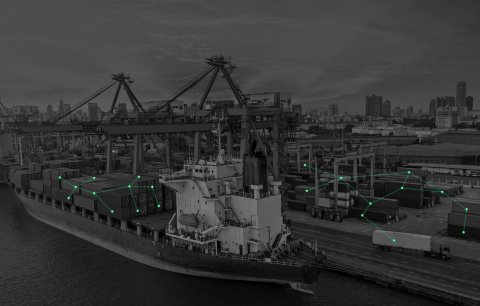The recently published global IoT connectivity standard DECT-2020 New Radio outperforms existing cellular LPWAN solutions LTE-M and NB-IoT, says a study published by Tampere University in Finland. The standard, designed for massive and dense deployments, has ten times lower latency, and requires significantly less power than the cellular alternatives. While not in the scope of this study, the specifications of the standard also promise higher bandwidth and lower cost along with the inherently high reliability of the mesh topology, making DECT-2020 NR an attractive option for industries.

DECT-2020 New Radio (NR), the technology standardised by European Telecommunications Standards Institute (ETSI), was analysed by Tampere University in a mesh configuration. The study saw the new standard vastly outperform existing LPWAN solutions by reaching much higher node densities for the same packet e2e delay and lost packets performance bounds. The high node densities for the samee2e delay is enabled by a novel mesh that applies dynamic channel selection requiring no precise frequency planning.
“The study shows that DECT-2020 NR is an attractive connectivity option for anyone who needs to reliably connect a large amount of low latency devices in a local, dense area. It complements cellular IoT solutions that cannot cost-efficiently address all aspects of IoT and digitalisation. There is a high demand for these type of affordable networks in large-scale, high-density applications in logistics and building automation as well as low-latency applications in industry automation”, says Jussi Numminen, Head RF at Wirepas and Vice Chair of the ETSI Technical Committee DECT.
DECT-2020 NR fulfils both massive machine-type communications (mMTC) and ultra-reliable low latency communications (URLLC) requirements of 5G. Reliably connecting thousands and even millions of devices is one of the cornerstones for demanding industrial 5G systems. DECT-2020 NR supports local deployments without separate network infrastructure, network planning or spectrum licensing agreements making it affordable and easy to access by anyone and anywhere.
Wirepas, the key contributor
As industries are looking to digitise their operations for efficiency and growth, there is an increasing need for off-the-shelf and standardised radio technologies. To respond to this need, ETSI published DECT-2020 NR late last year. Wirepas, a leading wireless IoT connectivity provider, is its main contributor.
“Wirepas has contributed to the new DECT-2020 NR standard its long research and commercial experience in de-centralised and autonomous networks. We are excited to see the independent evaluation simulations also proving the performance of the new standard with an important margin to other technologies. I want to thank the broad support from Smart Tracking, Smart Building and Smart Factory industries and companies during the standardisation process. It has underlined the need and demand for an affordable, high-performing IoT network”, says Wirepas CEO, Teppo Hemiä.





